Oita Weather and What to Wear by Month

Oita Prefecture, located on the east coast of Kyushu, is renowned for hot springs towns like Beppu Onsen. This article provides an overview of Oita's weather throughout the year, along with tips on what to wear and information about popular tourist destinations.
Oita Weather and Climate
Oita, located on the east coast of Kyushu, is renowned for its hot spring towns, including Beppu Onsen and Yufuin, as well as the historical townscapes of Hita and the nature-rich Kinosaki Peninsula and Kuju Flower Park.
Visitors planning to explore Oita may wonder about the local weather and what to wear.
However, the situation is somewhat complex. The northern, central, western, and southern regions each have distinct weather patterns, so travelers will need to select their clothing based on their specific destination.
This article serves as a seasonal guide, covering weather, temperature, and clothing recommendations. It also includes information about local events, making it a valuable reference for your visit.
Oita Weather and What to Wear
The Highest and Lowest Temperatures in Oita
January to March in Oita: Temperatures and What to Wear
April to June in Oita: Temperatures and What to Wear
July to September in Oita: Temperatures and What to Wear
October to December in Oita: Temperatures and What to Wear
FAQs
Read also
The Highest and Lowest Temperatures in Oita
In 2024, the highest temperature recorded in Oita was 37.4 degrees Celsius in July, while the lowest was minus 0.8 degrees Celsius in January.
During summer, temperatures typically exceed 30 degrees Celsius, with several days recording temperatures over 35 degrees.
In winter, high temperatures generally exceed 10 degrees Celsius, while lows hover near zero degrees.
As mentioned earlier, there are variations in temperature across different areas, which are detailed below.
Weather in Northern Oita: Usa, Kunisaki
Summer: Thunderstorms are frequent during this season.
Winter: The weather tends to be poor and often cloudy.
Weather in Central Oita: Beppu, Yufuin, Oita City
Summer: There are numerous days with temperatures exceeding 35 degrees Celsius, often accompanied by thunderstorms.
Winter: The weather is relatively pleasant compared to the northern or western areas.
Weather in Western Oita: Hita, Kokonoe
Summer: There are many thunderstorms.
Winter: There are many rainy days, along with occasional snowfall.
Weather in Southern Oita: Usuki, Saiki, Bungo-Ono
Summer: This region will experience the highest temperatures in the prefecture, along with heavy rainfall.
Winter: The weather is pleasant, characterized by dry air.
Overall, summer in Oita sees many rainy days. The average rainfall in June, the wettest month, is 313.6 millimeters, which is quite substantial. In contrast, winter brings pleasant weather with dry air.
Read also
January to March in Oita: Temperatures and What to Wear
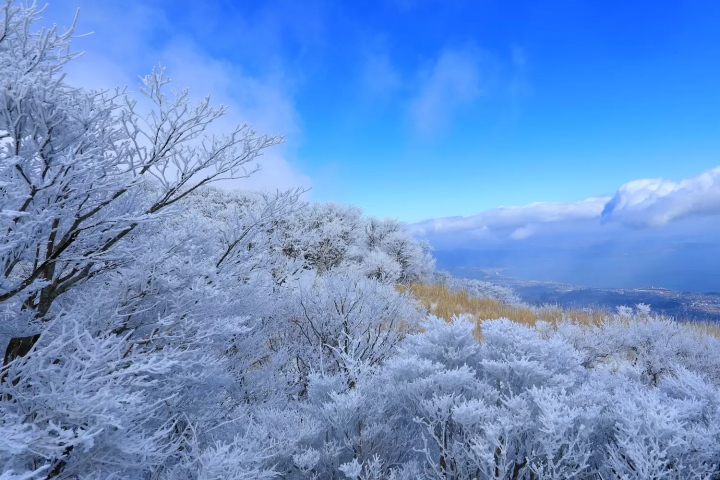
Photo by Pixta
From January to March, cold weather sets in across Oita.
During the day, temperatures will rise above 10 degrees Celsius, while they can drop to near zero in the mornings and at night. However, the climate is not extreme and does not get significantly colder.
In March, low temperatures will begin to rise above 10 degrees, but they will remain in the single digits until then.
During this period, a down jacket or coat is recommended, along with a scarf and gloves.
In the northern and western areas, visitors may experience foul weather, including possible snowfall. Conversely, the central and southern areas will enjoy pleasant weather with dry air.
For those visiting during the New Year, a trip to Usa Jingu is highly recommended. The shrine is one of the three major Japanese Hachimangu shrines and attracts many visitors each year.
Below is a summary of seasonal features.
January High: 10.7 degrees / Low: 2.6 degrees
Visitors should be prepared for cold weather in January. While daytime temperatures hover around 10 degrees Celsius, they can drop to near zero in the morning and at night.
The weather in the northern and western areas can be harsh, so prepare for rain and ensure you wear a heavy down jacket or coat.
February High: 11.5 degrees / Low: 3.0 degrees
February is quite similar to January, with only a slight increase in temperature.
Visitors should still be ready for cold conditions. While the weather in the central and southern areas is generally pleasant, be prepared for dry air. Bringing hand cream or lip balm, along with warm clothing, is advisable.
March High: 14.6 degrees / Low: 5.9 degrees
In March, temperatures begin to rise, with highs reaching above 15 degrees by late March. However, it remains cold in the mornings and at night, so winter clothing is still necessary.
April to June in Oita: Temperatures and What to Wear
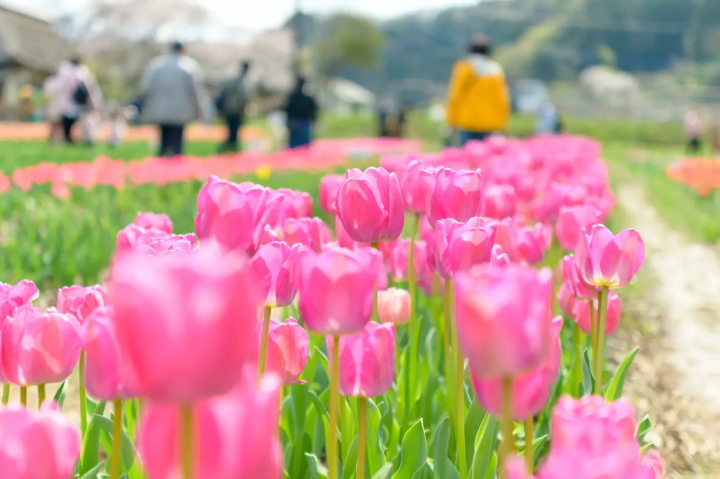
Photo by Pixta
April to June marks the warming season in Oita.
Early April sees temperatures rise above 15 degrees Celsius, climbing above 20 degrees later in the month. By May, temperatures exceed 25 degrees, and in June, they approach 30 degrees.
Please note that in June, some days may see temperatures exceeding 30 degrees. If you plan to drive on sunny days, be sure to bring a hat or sunglasses.
There is a noticeable temperature difference between day and night. While the variation may be small, it can still be chilly in the mornings and evenings.
A light coat will be useful for adjusting to these temperature changes.
During this period, the Tulip Festival (April) and Kitsuki Castle Festival (May) take place. At the Tulip Festival, visitors can enjoy vibrant flowers and celebrate the arrival of the warm season.
Below is a summary of this period.
April High: 19.7 degrees / Low: 10.3 degrees
April marks the start of warmer weather. In the latter half of the month, high temperatures rise above 20 degrees Celsius.
The lows remain around 10 degrees, so visitors should prepare for temperature differences between day and morning. It is wise to bring a light coat for adjustments.
May High: 24.1 degrees / Low: 15.0 degrees
May sees a continued rise in temperatures, with highs exceeding 25 degrees Celsius. The lows hover around 15 degrees. As in April, there will still be a temperature difference between day and morning.
A cardigan or parka that can be easily removed when it gets warm is recommended.
June High: 26.5 degrees / Low: 19.3 degrees
June is quite warm, with temperatures occasionally reaching above 30 degrees Celsius.
Due to the strong sunlight, visitors should wear a hat or sunglasses. It’s important to be mindful of heatstroke and to stay hydrated.
July to September in Oita: Temperatures and What to Wear
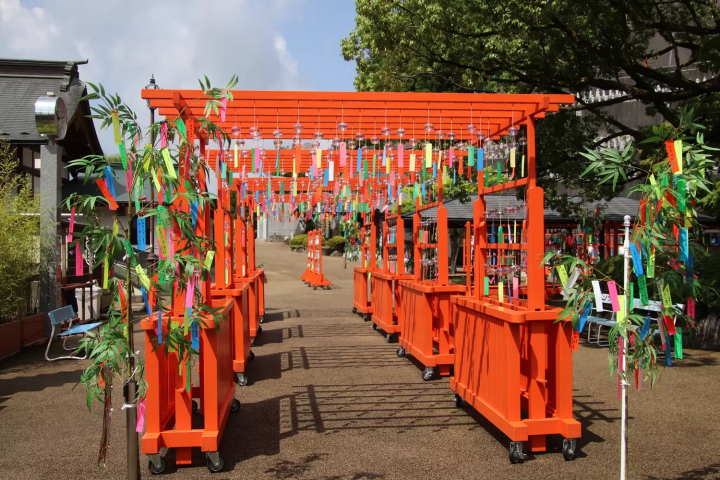
Photo by Pixta
July to September marks the hot season in Oita.
In July, temperatures rise above 35 degrees Celsius, occasionally nearing 40 degrees. August is similar, with temperatures exceeding 30 degrees on most days. While September still feels hot, temperatures will drop to around 25 degrees in the latter half of the month.
This season also experiences the highest levels of rainfall, accompanied by foul weather in many areas of the prefecture. Visitors should be cautious of thunderstorms as well.
With the heat, humidity levels will also be high, so it’s important to watch out for heatstroke and stay hydrated. Carrying a portable fan may also be a good idea.
During this period, the Hita Gion Festival (July) and Oita Tanabata Festival (August) will take place. At the latter event, Tanabata decorations will adorn the shopping streets in Oita City, creating a festive atmosphere.
A summary of the season is provided below.
July High: 30.9 degrees / Low: 23.5 degrees
This is when the heat begins to set in. Temperatures will frequently reach 30 degrees Celsius, occasionally climbing to 40 degrees in the latter half of the month.
To prevent heatstroke, stay hydrated, and consider using a necklace-type cooler or carrying a portable fan.
August High: 32.2 degrees / Low: 22.3 degrees
August remains hot, with high temperatures consistently reaching 30 degrees daily. The lows hover around 25 degrees and will not cool down much.
This is also the rainy season, so be prepared and take precautions against heatstroke.
September High: 28.2 degrees / Low: 20.9 degrees
The heat persists in September, with temperatures frequently exceeding 30 degrees. While conditions are similar to August, there will be less rainfall.
Although autumn is approaching, temperatures remain high, making a quick-dry T-shirt an ideal choice.
October to December in Oita: Temperatures and What to Wear

Photo by Pixta
From October to December, the air in Oita becomes cooler, often even chilly.
In October, high temperatures drop to the 20s Celsius. This decline continues in November, and by the latter half of the month, highs will fall below 20 degrees. With lows dropping to single digits, visitors should be mindful of the temperature difference between day and night. By December, lows approach near zero degrees, signaling the arrival of winter.
In some areas, the first snowfall of the season may occur in December. As temperatures continue to drop, visitors should prepare for the cold by layering a down jacket or coat over a knit item and Heattech clothing.
The Oita Hikari no Fantasy event will take place from November to February, with the central area of Oita City beautifully illuminated, creating a stunning atmosphere.
Below is a summary of this period.
October High: 23.3 degrees / Low: 15.2 degrees
In October, high temperatures drop significantly into the 20s Celsius. The lows will be in the 10s as the air becomes cooler. While the days are pleasant, mornings and nights can be chilly, so wearing a light cardigan is advisable.
November High: 18.1 degrees / Low: 9.5 degrees
The temperature continues to decline in November, with highs falling below 20 degrees and lows reaching single digits. Light clothing may not suffice, so it's best to wear a sweater or sweatshirt. Bringing a light jacket is also a good option.
December High: 13.0 degrees / Low: 4.6 degrees
In December, the cold sets in as winter begins, bringing the possibility of the first snowfall of the season.
It's advisable to wear a knit item along with a down jacket or coat. Be mindful of the dry air and consider bringing hand cream to stay moisturized.
FAQs
What is the winter like in Oita?
It is different by the area. While the northern and western areas tend to be cloudy, the central and southern areas will be blessed with fine weather.
What is the summer like?
There will be heavy rain, and thunderstorms at times. Visitor should not forget to pack rainwear.
What kind of events are held in the prefecture?
There is the Tulip Festival (spring), Oita Tanabata Festival (summer), and Oita Hikari no Fantasy (from autumn to winter). Visitors can enjoy an event at every season.
When does it rain the most?
In summer, from June to July. In 2024, August recorded the heaviest rainfall. Those visiting during this period should take care.
Does it snow?
Yes. In some years, the first snow of the season occur in November. The western area will be very cold, and the snow may remain on the ground.
Enjoy Your Time in Oita
As Oita is located in southern Japan, many people may assume that its climate is mild.
While summers can be hot, with temperatures rising close to 40 degrees Celsius, there are areas where snow can be found in winter.
Additionally, the weather can vary significantly by area, so visitors should dress accordingly.
Those planning a visit to Oita are encouraged to use this article as a guide.































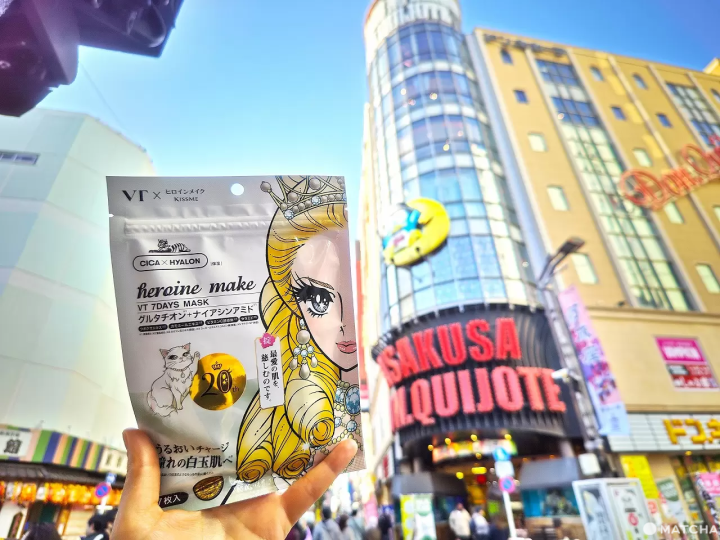
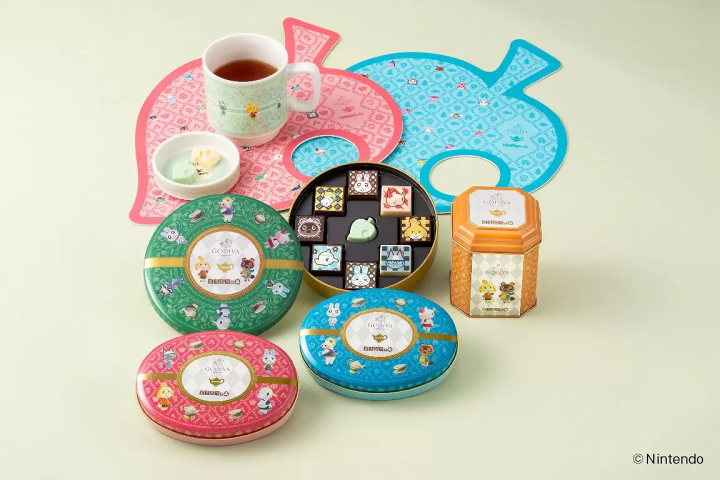

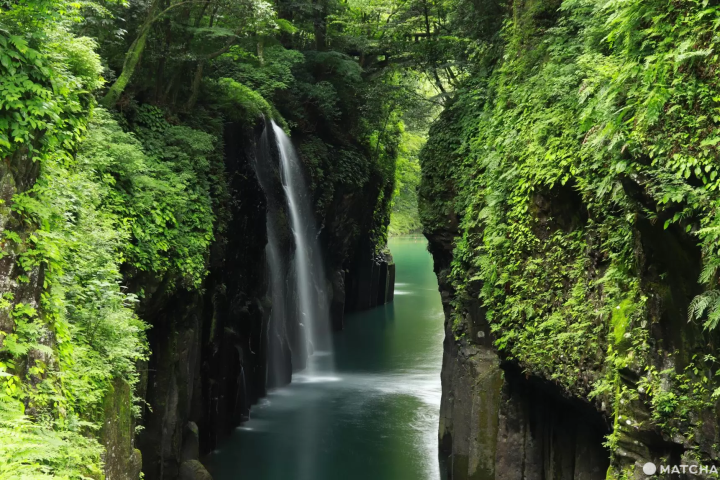







![[Wakayama Guide] Ume and Umeshu (Plum and Plum Wine)](https://resources.matcha-jp.com/resize/720x2000/2025/12/08-252248.webp)
![[2025 Update] From Kansai Airport to Namba - Recommended for travelers with large luggage! Travel comfortably by bus](https://resources.matcha-jp.com/resize/720x2000/2025/10/25-248088.webp)